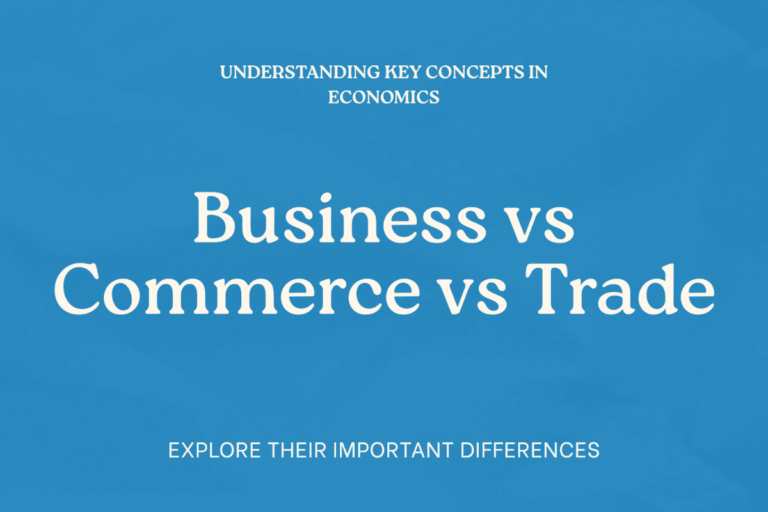It is a known fact that assets are valuable, and liabilities are not. Assets affix a certain financial value to the balance sheet of a company while the liabilities take a toll on financial value or evade the funds. Nonetheless, both assets, as well as liabilities, are greatly significant because they empower operations of business and profitability. In simpler words, both assets and liabilities serve the utility of business purposes.
A good rule of thumb or an ideal condition in business operations is never to have liabilities exceeding the assets. That means that the current ratio, which is assets divided by liabilities, should have a value of around 1, though a current ratio of 2 is a bit more suitable and safer. Ascertaining how much liability to take on should be ideally appraised with the forecasts of earnings, interest rates on liability if any exist, and the opportunity cost of not taking on extra funds for project development and/or operations.
The Difference Between Financial Assets And Liabilities
Classification of assets and liabilities
Both the assets and liabilities are often divided into “short term or current” and “long term or fixed” sub-categories in the financial statements companies. To a company, their worth and actual function both differs. Moreover, what is usually known as a “short term or current” is liquid, which means in case of assets – is easily convertible into cash and in case of the liabilities – payable within a short time frame. Short term assets and liabilities differ from long term assets and liabilities. In that case, the assets are quite difficult to transform into cash, i.e., they are non-liquid, whereas the long-term liabilities have a longer duration of repayment.
For example, current assets include cash accounts, accounts receivable (in case of accrual accounting basis is utilized), and in-stock inventory. Items such as property, machinery, and equipment that cannot be easily and immediately sold are included in long-term or fixed assets. Similarly, short term liabilities typically include accounts payable and short-term debt instruments like vendor credit accounts. Long-term or fixed liabilities cover commercial mortgages, machinery debt, or other debt that is fully payable over a longer duration of time.
Distinguishing the advantages of assets and liabilities
Another method to distinguish the difference between assets and liabilities is by comprehending the difference between the advantages of the two. Further, it is possible that businesses would not bother with liabilities at all as owing money in it and of itself is not often perceived as financially favorable, if liabilities had no advantages. The advantages of both assets and liabilities are illustrated below:
Advantages of assets:
- Provides liquidity for a business
- Reserved assets enable future investment prospects
- For liabilities, assets can be utilized as Collateral
- Can improve financial measures such as business performance as measured by financial statements
- Are indispensable for the smooth operations of the business.
Also Read: What is Assets under Management (AUM)?
From the above points, it is intelligible assets that are inevitable to a business operation because assets provide financial strength, soundness, opportunity, and liquidity apart from being a simple function of the fact that businesses must have assets of some kind or another to operate, it may be equipment, transportation, office supplies, etc. The advantages of liabilities are different from those of the assets. The advantages of liabilities are illustrated below:
Advantages of liabilities:
- Helps Finance project development
- Facilitate cash flow in the business
- The essential component of accrual accounting
- Make way for additional business opportunities
The effect of assets and liability on business performance
Ascertainment of how much assets to acquire either in the short term or long term category can affect the performance of the business, as similar and significant to ascertaining the ideal quantum of debt to expand operational success. It can be achieved in some ways, including ratio analysis, business assessment, and market research. All of these methods help to ascertain the “ideal amount” of assets and liabilities required to achieve the objectives of the business, financial stability, and optimal profit margin.
As an example of the above, too much stock inventory can be an asset, but that costs money to keep it because storage costs and increase overhead expenses that cost money. Therefore, evaluating the right quantum of inventory required can help reduce expenses, hence saving business worth.
Another example is how too much debt can end up being not worthwhile. That refers to, if a debt is taken up at an annual cost of 8% to finance a business project and the project only yields a return of 7% of the investment, that debt is failing to pay off. Various factors and relationships between assets, liabilities, and business performance sustain within businesses, and that’s why it is quite beneficial to understand the differences between assets and liabilities.
To recapitulate the concepts, assets are the items in a business that has worth such as cash, building, plant, machinery, money to be received, vehicles, etc. While liabilities include debt instruments such as loan payments, mortgages, credit instruments, etc. Both assets and liabilities are indispensable to the success of a company because they both help to finance different business activities that are aimed at making a profit.
A business without liability may be more difficult to operate due to the limited availability of funds, and it may miss out on opportunities to earn a higher income.
Whereas a business with liabilities may operate more successfully, and make possible transactions that would otherwise be very difficult. For instance, credit shipping orders of inventory.
Hence, assets and liabilities can be distinguished in three ways:
- Their numerical effect on business valuation, both physically and on paper in documents.
- Their distinctive advantages to the functionality of the business
- The different influences of assets and liabilities on business performance.
Recommended: Top 10 Non-Banking Financial Companies (NBFCs) in India
While assets and liabilities are quite easy to define, they do have indistinct yet important impacts on business that help further distinguish them beyond their conventional meanings.




